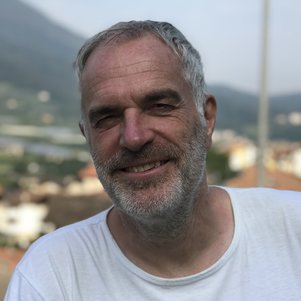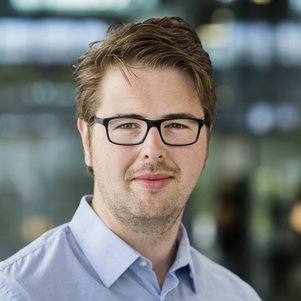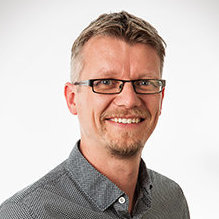Experimental and numerical insights into heterogeneous liquid-solid behaviour in drinking water softening reactors
Extensive purification is required to produce reliable and tasty drinking water. A purification usually consists of a series of processes, each of which is responsible for a specific part. Examples are: disinfection of drinking water, but also filtration and precipitation are common. An aspect that often remains underexposed is the frequent occurrence of multiphase flows. Examples include softening and filter rinsing, but sedimentation is also a process of this kind.
In the water world, there is a great deal of practical experience and fortunately, in recent years, CFD (numerical simulations) has been used more often to achieve detailed quantitative insight. A group of TU Delft researchers (Onno Kramer, Johan Padding and Jan Peter van der Hoek), together with researchers from Eindhoven University of Technology (Tim Nijssen), Queen Mary University of London, Utrecht University of Applied Sciences and water cycle company Waternet in Amsterdam, have carried out extensive experiments with many BSc and MSc students and also performed complex simulations that describe in detail the fluidised bed of lime grains of a softening process.





